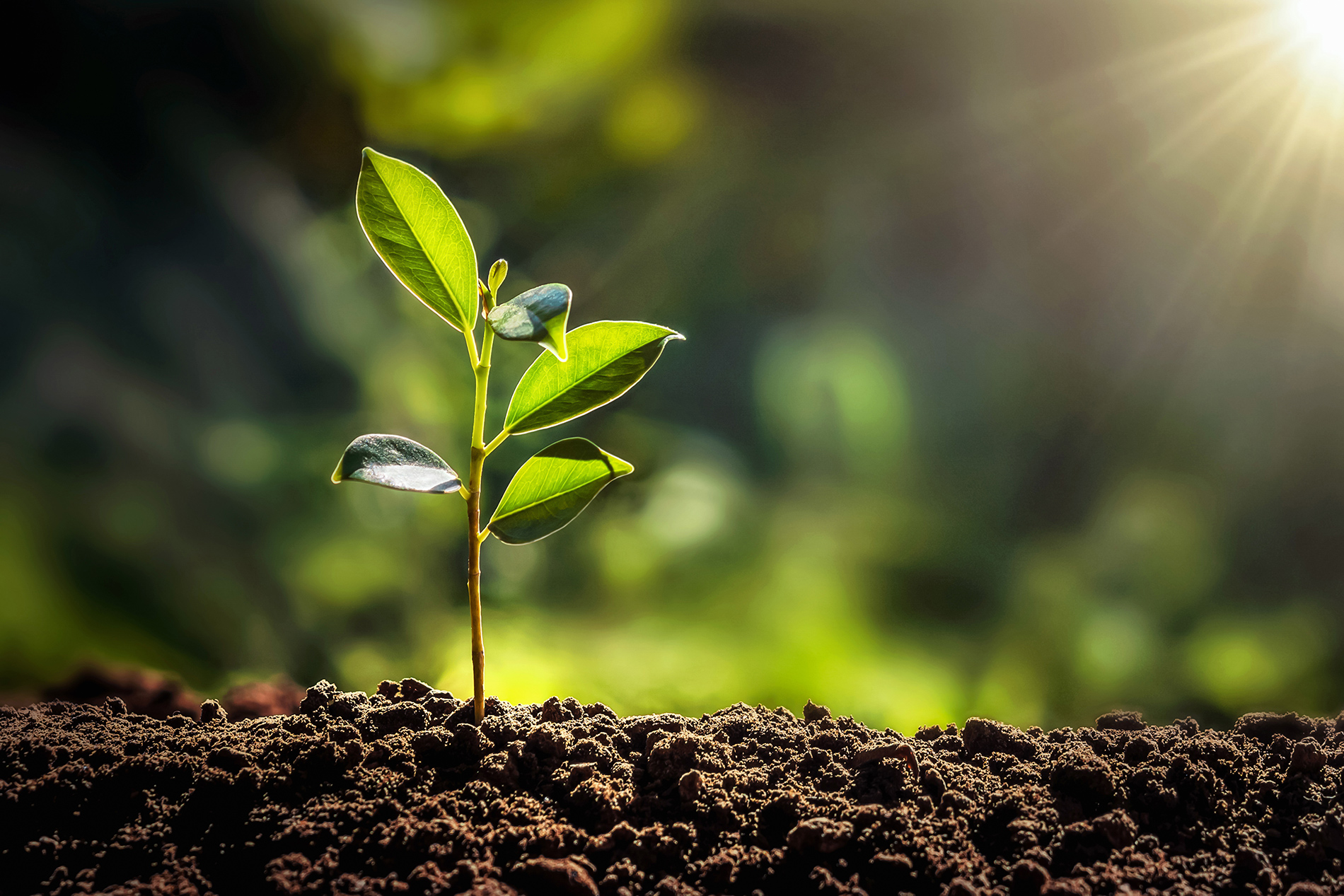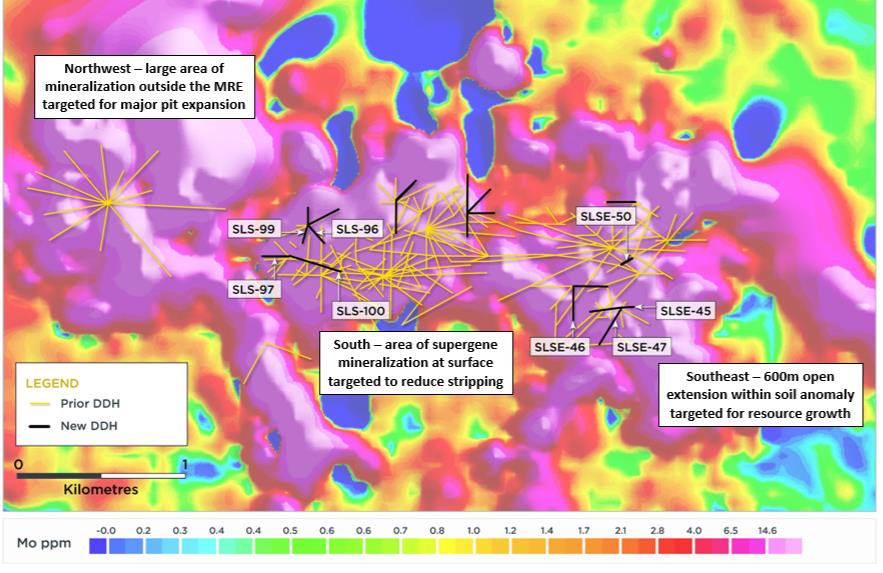Biological Energy and Biological Energy Conversion: How It All Works
Biological energy and biological energy conversion are vital power sources that drive many energy-requiring cellular processes. Produced through metabolic reactions within cells, this energy form involves the conversion of chemical compounds into usable energy, allowing organisms to perform essential functions.
That might sound complicated (because it is!), but having a grasp of biological energy production, storage, and utilization is key to comprehending how living organisms function. From the generation of ATP in cellular respiration to the capture of sunlight in photosynthesis, biological energy conversion processes play a fundamental role in sustaining life.
Understanding biological energy also allows you to see that our bodies and other living beings’ bodies aren’t much different than the power plant powering the city you live in.
Below, we’ll review the key points of biological energy and biological energy conversion so you can better understand this similarity.
What Is the Name of Biological Energy?
Biological energy’s official name is adenosine triphosphate (ATP), and it has three serially bonded phosphate groups, a ribose sugar, and a nitrogenous base (adenine). The high-energy bonds between the phosphate groups store and release energy as the cell needs it. This conversion of different forms of energy into another form is known as transduction.
ATP, colloquially called a cell’s energy currency, plays a crucial role in various biological processes. One of its critical functions includes being the primary energy source for cellular activities, such as moving molecules across cell membranes and the synthesis of macromolecules like proteins and nucleic acids.
ATP is the cell’s universal chemical energy carrier and is similar to a rechargeable battery, as it stores energy and only releases it when required. The energy stored in ATP is used to drive cellular reactions, which are energy-consuming processes that require energy input.
When a cell needs energy, an ATP molecule is hydrolyzed by an enzyme called ATPase, breaking the high-energy phosphate bond and releasing one of the phosphate groups. This leads to the production of adenosine diphosphate (ADP) and an inorganic phosphate, and this hydrolysis reaction releases energy the cell uses to perform various tasks.
What Is Biological Energy and How Do Living Organisms Produce It?
Cellular respiration is a complex metabolic pathway that produces ATP by breaking down organic molecules, such as glucose, in the presence of oxygen. In turn, the ATP provides the energy needed for cellular activities.
There are three primary stages of cellular respiration: glycolysis, the Krebs cycle, and oxidative phosphorylation. All three stages play a crucial role in ATP production and a living organism’s overall energy metabolism.
Let’s review each stage in more detail.
The Glycolysis Stage
Glycolysis is the first stage of cellular respiration. It occurs in the cell’s cytoplasm and doesn’t require oxygen. This series of chemical reactions breaks glucose into two three-carbon molecules of pyruvate. This process produces a pair of ATP molecules and one nicotinamide adenine dinucleotide (NADH) molecule, which carries high-energy electrons.
The Krebs Cycle
This is also known as the citric acid cycle or tricarboxylic acid cycle, which occurs in the cell’s mitochondria. This series of enzymatic reactions breaks acetyl CoA, which comes from the oxidation of the pyruvate created in the first stage, into more ATP and NADH. It also results in flavin adenine dinucleotide (FADH2).
Oxidative Phosphorylation
The NADH and FADH2 generated during the Krebs cycle pass their electrons into the electron transport chain, which is a series of protein complexes. When electron transfer through the transport chain occurs, the electrons release energy that acts as a proton pump to spread protons across the membrane. This creates an electrochemical gradient that drives ATP synthesis through a process called chemiosmosis. This process is known as an oxidation-reduction reaction or redox.
This process produces the bulk of the ATP produced during cellular respiration.
ATP Production Through Other Means
Besides cellular respiration, some organisms, such as certain bacteria and archaea, generate ATP through other metabolic pathways. For example, anaerobic respiration takes place without oxygen and relies on alternative electron acceptors, such as nitrate or sulfate, to produce ATP.
Fermentation is another way to produce ATP without oxygen, but it isn’t as efficient compared to cellular respiration.
What Role Do Mitochondria Play in Generating Biological Energy and Biological Energy Conversion?
Mitochondria play a crucial role in generating biological energy. They’re often referred to as the powerhouses of the cell. They are specialized organelles that carry out cellular respiration, the process responsible for producing ATP.
The mitochondria have two main compartments: the outer and inner. The outer membrane serves as a protective barrier, whereas the inner membrane is highly folded. These folds create structures called cristae, which increase the surface area available for chemical reactions to occur.
A key step in cellular respiration is the citric acid cycle — aka the Krebs cycle — which occurs in the mitochondrial matrix, the space enclosed by the inner membrane. The citric acid cycle releases high-energy electrons by breaking down molecules from carbohydrates, fats, and proteins.
The high-energy electrons then pass through the electron transport chain (a series of protein complexes) embedded in the inner membrane. This passing through the chain gradually releases, which then aids in pumping protons across the inner membrane, creating an electrochemical gradient.
An electrochemical gradient is potential energy that drives ATP synthesis with a process called oxidative phosphorylation. An enzyme located in the inner membrane or substrate called ATP synthase harnesses the electrochemical gradient’s energy to convert ADP into ATP.
In addition to ATP production, mitochondria also play a role in other important cellular processes. They’re involved in calcium ion regulation, which is crucial for signaling and communication within the cell. Mitochondria also participate in synthesizing molecules, such as heme, a component of hemoglobin, the protein responsible for oxygen transport in red blood cells.
Furthermore, mitochondria have their own DNA, known as mitochondrial DNA (mtDNA). This mtDNA encodes a small number of genes essential for mitochondrial function. mtDNA mutations can lead to mitochondrial characterizations and disorders, potentially affecting various body organs and systems, potentially leading to various symptoms like seizures, recurring headaches, low appetite, muscle weakness, and many others.
How Is Biological Energy Stored and Used Within Cells?
The bonds of the ATP molecules are responsible for bioenergetic storage. When the cell requires energy for various cellular processes, ATP is hydrolyzed, which breaks the high-energy phosphate bond and releases energy.
The cell then uses the released energy to perform its necessary tasks, such as muscle contraction, active transport, and biomolecule synthesis.
How Is Biological Energy Related to Metabolism and Cellular Functions?
Biological energy has a close connection with metabolism, which is the sum of all chemical reactions in an organism. Metabolism requires energy to carry out growth, repair, and reproduction processes. Moreover, the energy from biological systems and processes enables cells to communicate, respond to stimuli, and maintain homeostasis.
What Role Do Enzymes Play in Biological Energy Conversion Pathways?
Enzymes are a key part of biological energy conversion pathway. They operate as catalysts and increase the rate of metabolic reactions, which facilitates energy transfer. Enzymes help lower the activation energy required for reactions, so energy conversion is more efficient, and cells can produce ATP so they can carry out other metabolic processes.
How Is Sunlight Converted into Chemical Energy in Photosynthesis?
Photosynthesis describes the process of turning light energy into chemical energy, which plants then use for biological energy conversion. In basic terms, plants use sunlight, carbon dioxide, and water to create oxygen and sugars (glucose) that they use as food.
In plants, algae, and some bacteria, chlorophyll-containing organelles called chloroplasts capture sunlight and convert it to biochemical energy in the form of glucose, while quinones act as electron transports. This glucose can then be stored as starch, and the organism harvests it as a source of biological energy.
How Do Cells Regulate and Control the Efficiency of Energy Conversion Processes?
Cells regulate and control the efficiency of energy conversion processes through feedback mechanisms and enzyme regulation. Feedback mechanisms involve regulating enzyme activity based on ATP levels and other metabolites.
Enzyme regulation includes allosteric regulation, reversible phosphorylation, and gene expression control, which refers to controlling the mRNA transcription needed for an enzyme‘s synthesis. This ensures energy conversion occurs at the rate necessary to meet cellular demands.
What Are the Differences Between Aerobic and Anaerobic Biological Energy Conversion?
Aerobic biological energy conversion occurs in the presence of oxygen, plus it’s a more efficient process that results in a larger quantity of ATP. Aerobic biological energy conversion involves cellular respiration, which we described earlier.
On the other hand, Anaerobic biological energy conversion occurs in the absence of oxygen and is less efficient. It can occur through various processes, including fermentation, which allows cells to generate ATP from glucose without oxygen. The downside of this is that it produces fewer ATP molecules.
Biological Energy and Biological Energy Conversion Is Similar to Modern Power Generation
Despite essentially being free energy, biological energy and biological energy conversion share a lot with today’s power generation. It requires fuel, chemical reactions, and a wide range of other things to occur to create the energy that organisms need to move and survive.
This also leads some to wonder if this biochemistry and energetics can eventually be harnessed as yet another green power option to reduce our carbon dioxide emissions. Regardless of its potential uses, understanding the process plants and animals must undergo 24 hours a day, seven days a week to create and store energy is fascinating and complex. If all of this piqued your interest, learn more about energy harvesting and how it’s becoming a more common way to generate power for our world.
Brought to you by justenergy.com
All images licensed from Adobe Stock.





